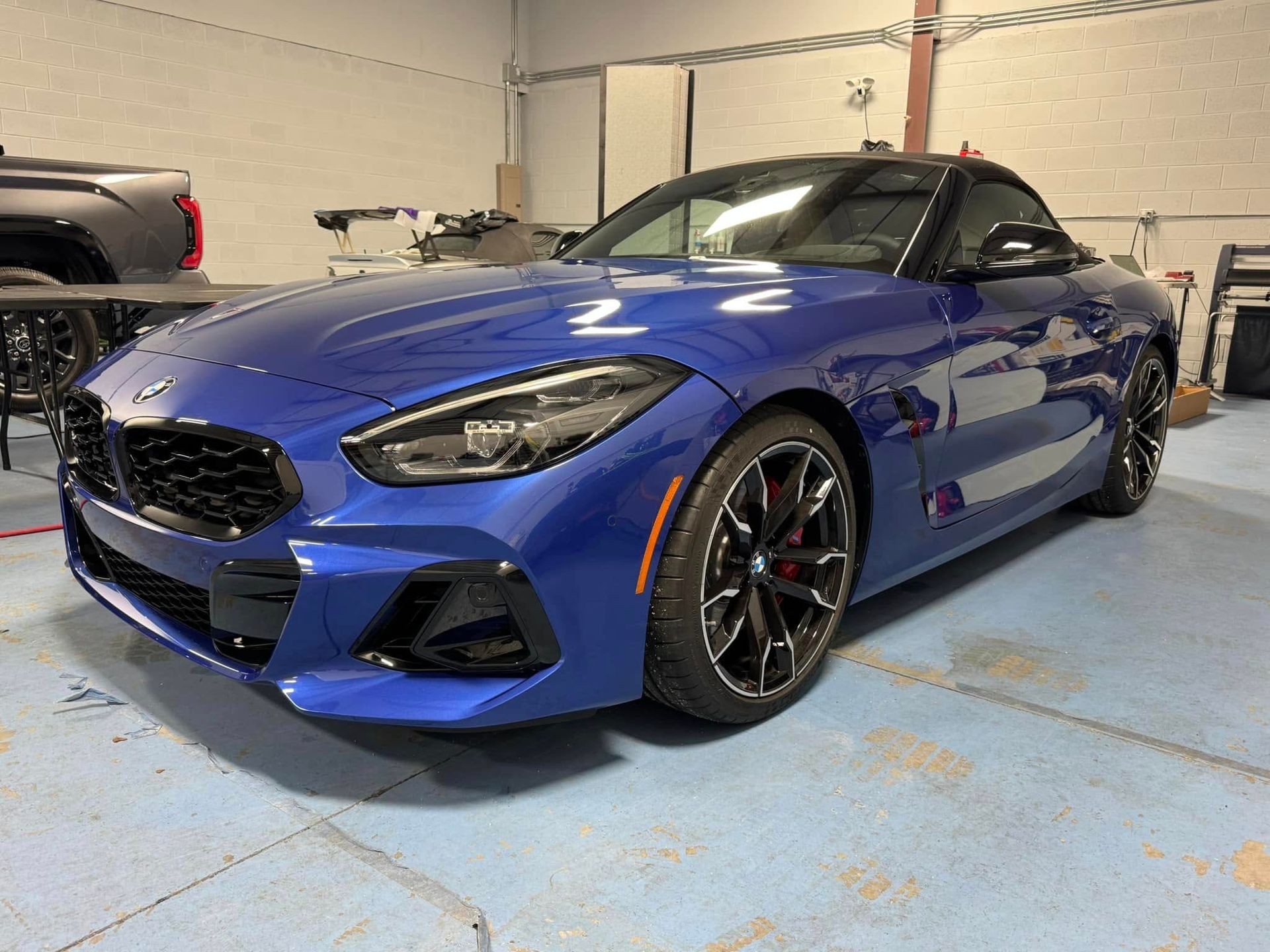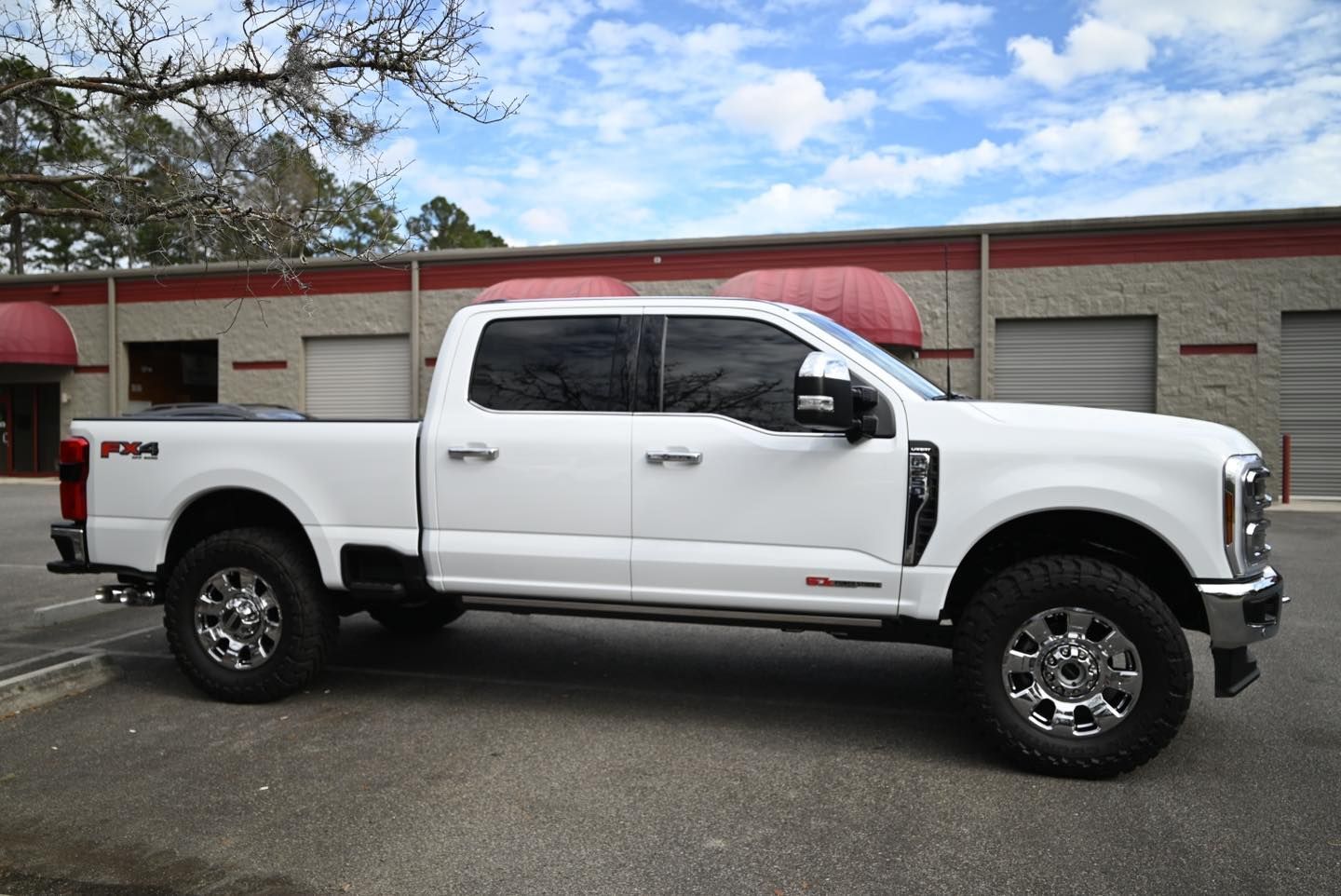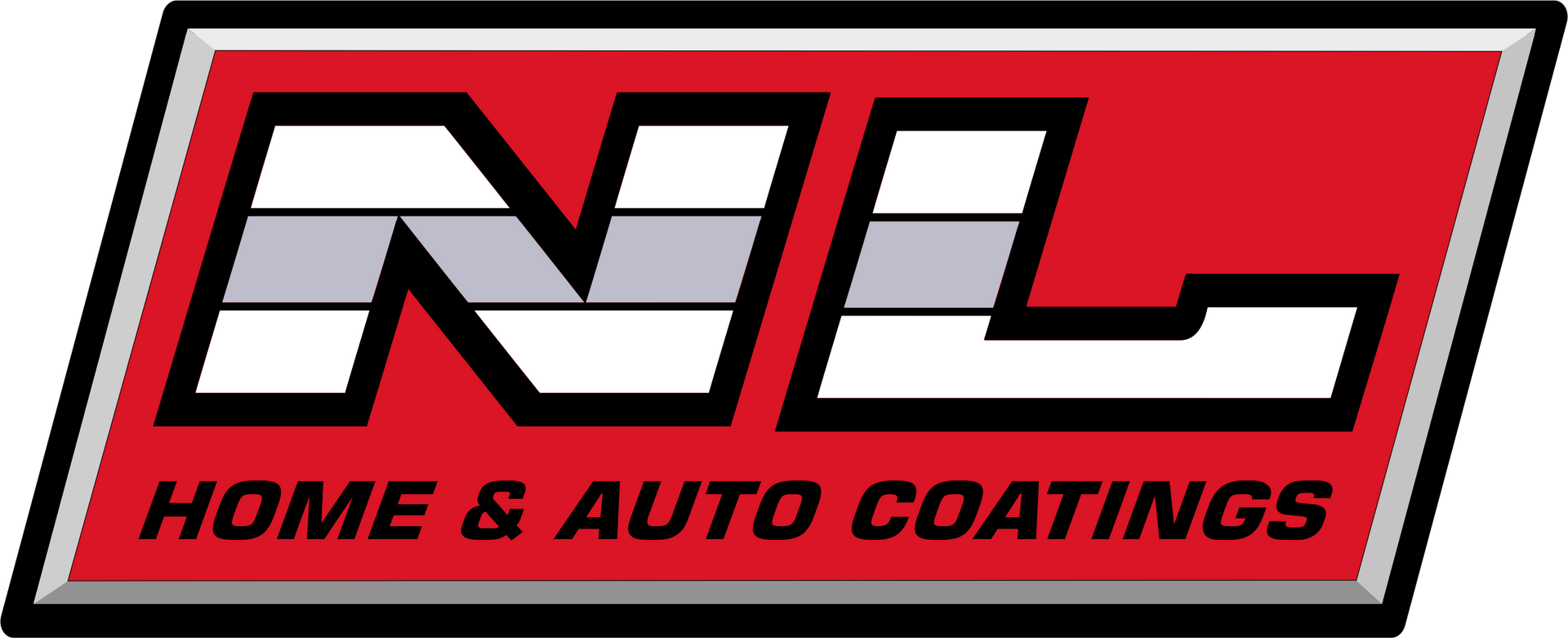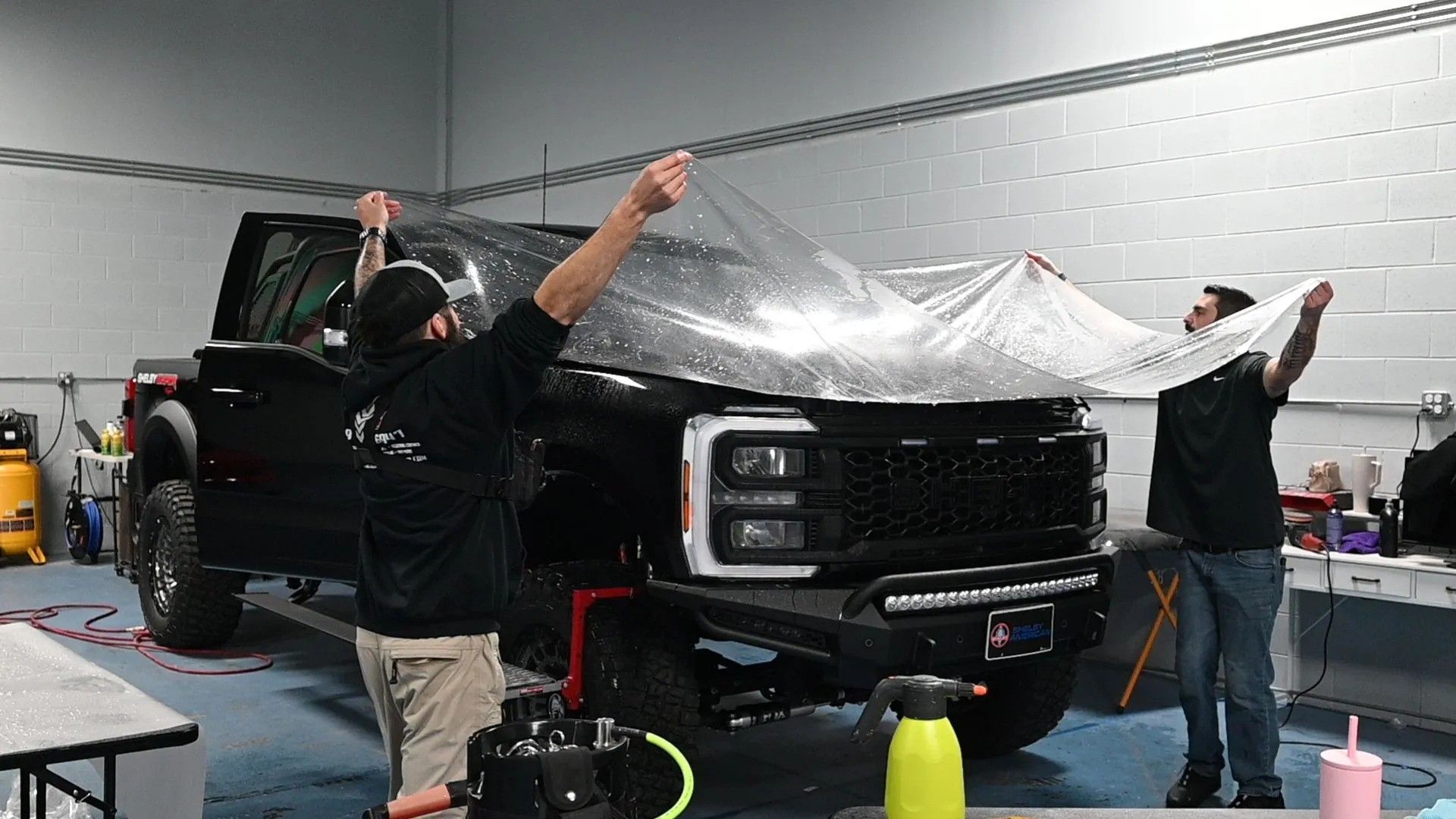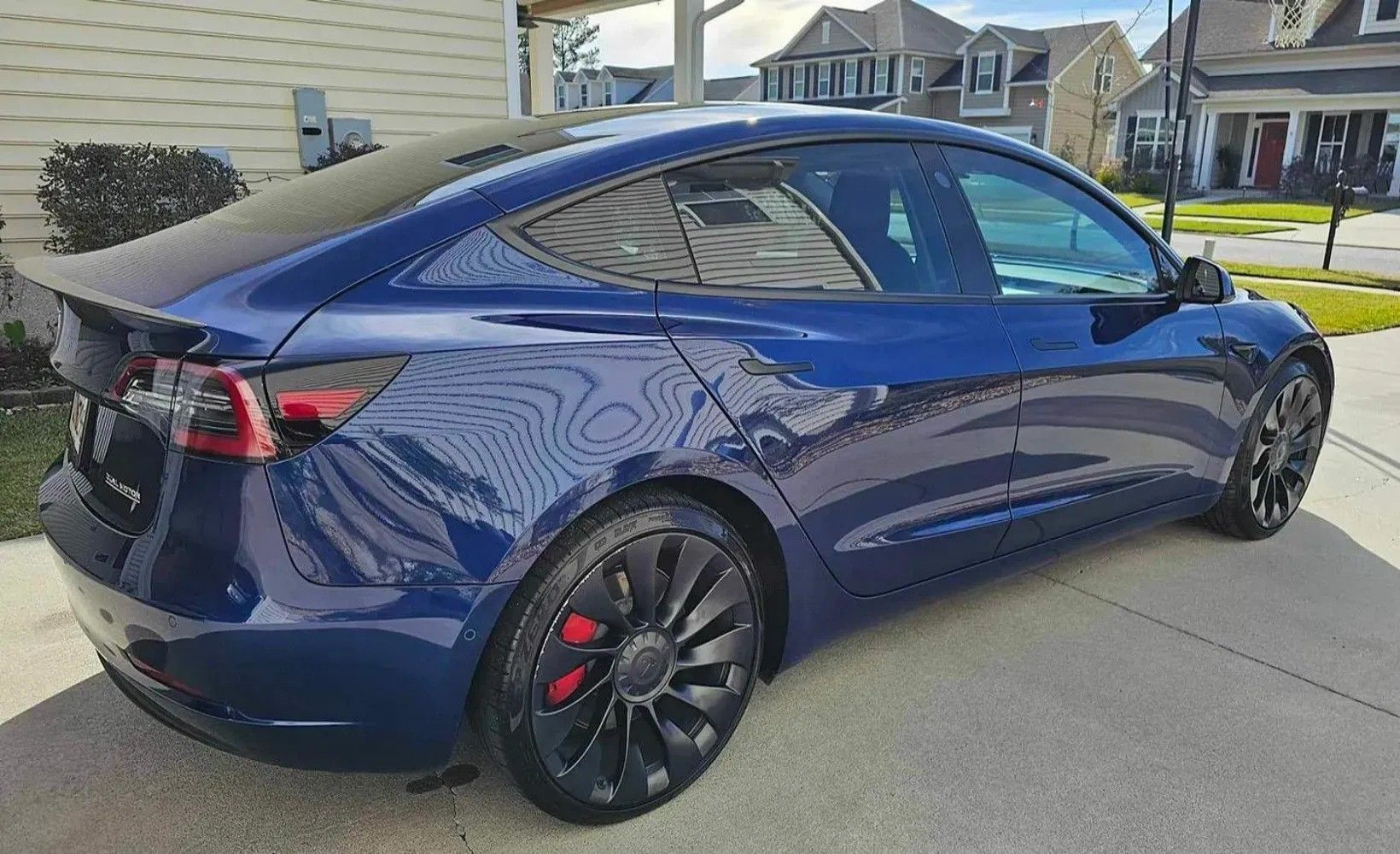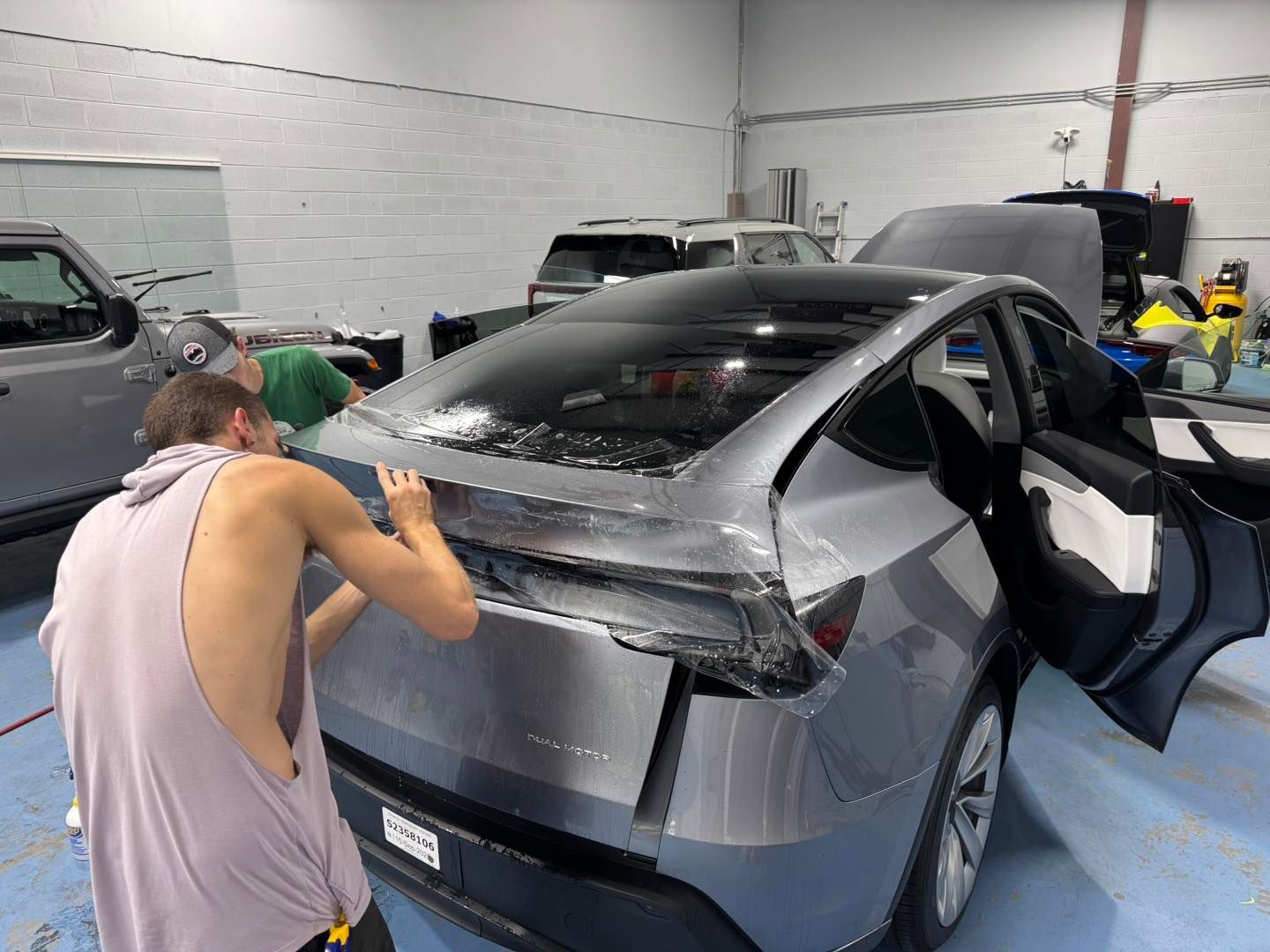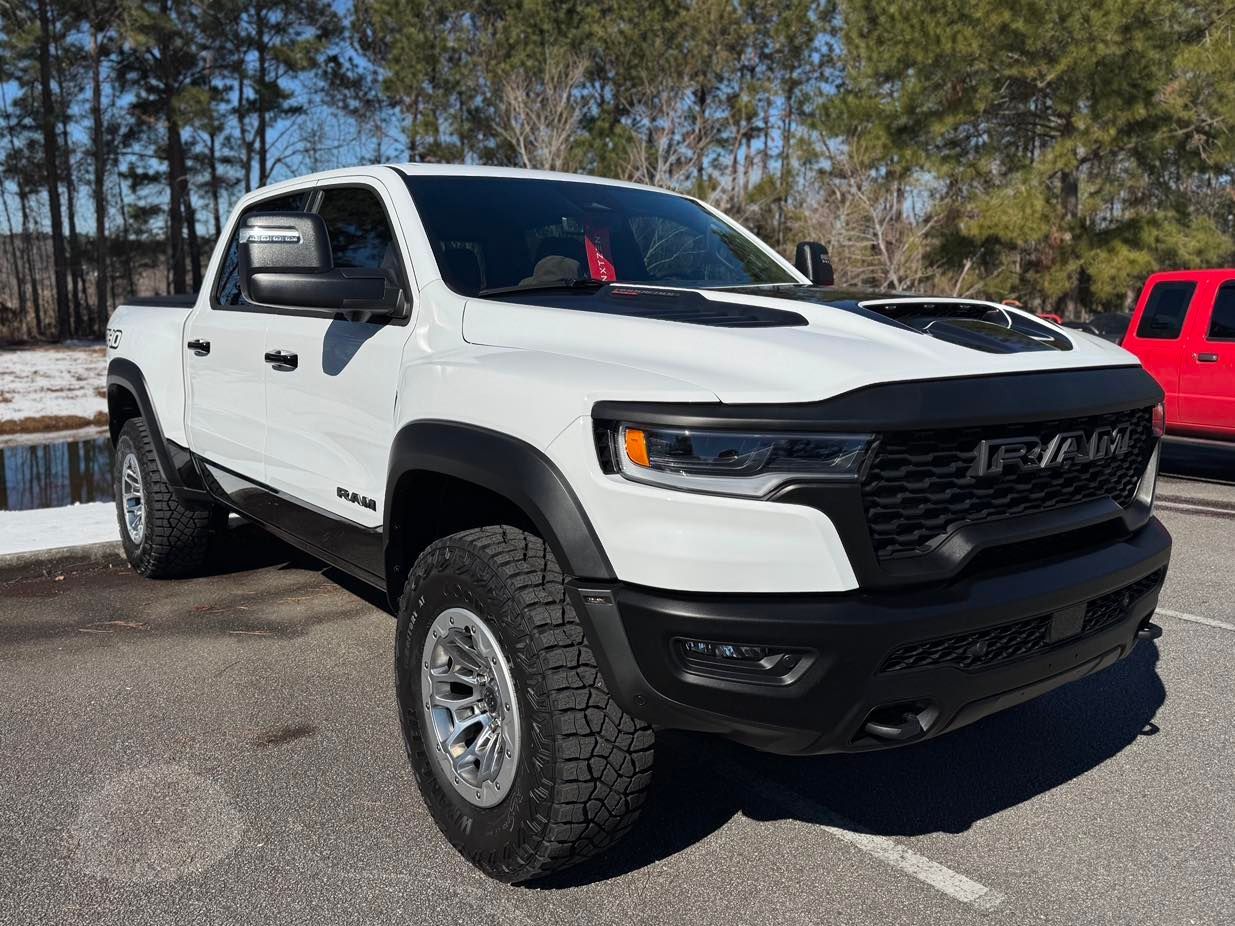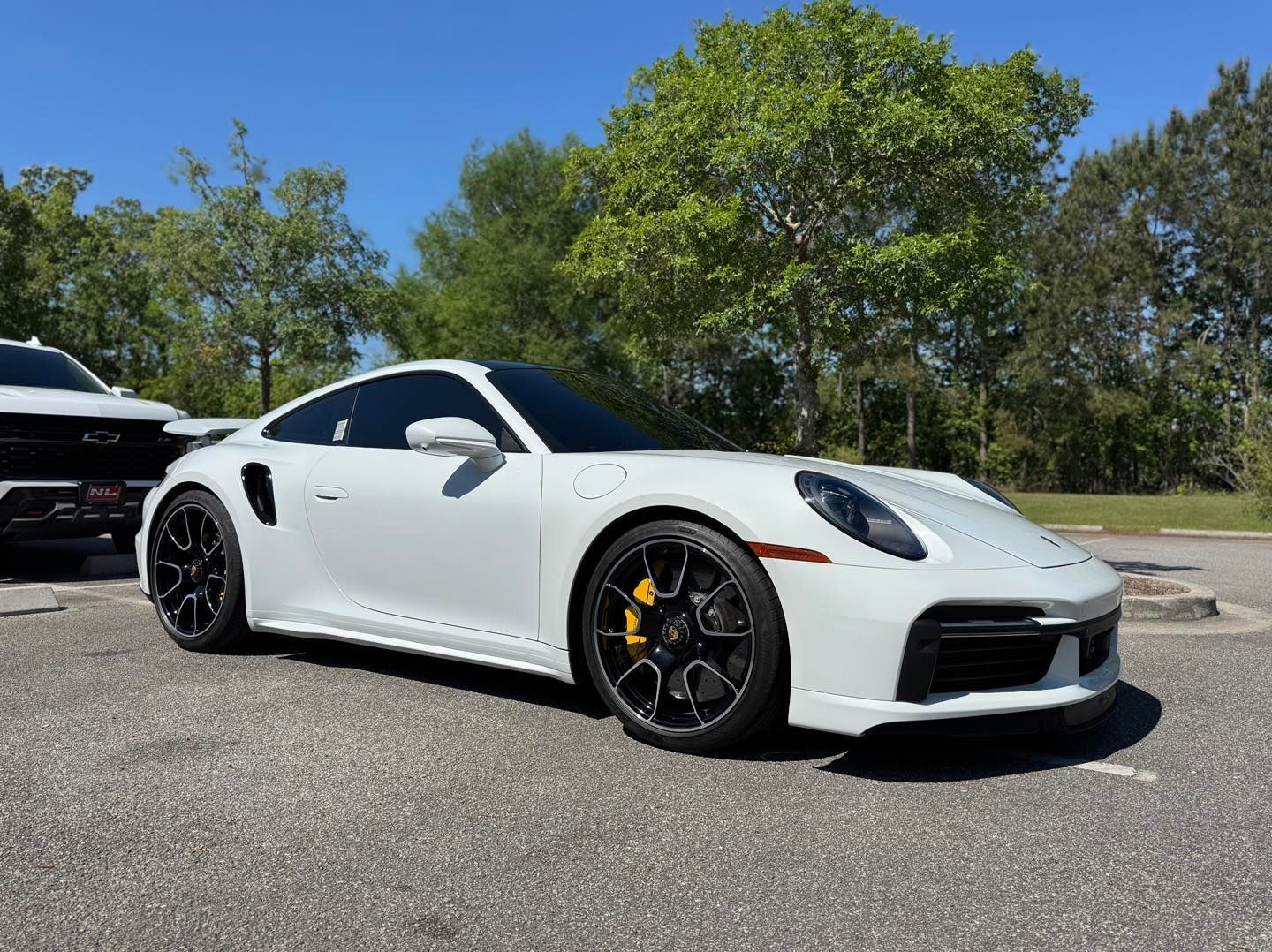Top Mistakes That Can Damage Your Paint Protection Film
Paint Protection Film (PPF) is one of the most effective ways to safeguard your vehicle’s paint against chips, stains, and environmental damage. When applied by professionals like Northern Lights Home & Auto Coatings in Savannah, GA, PPF can keep your car looking brand-new for years. However, even the best PPF won’t perform at its peak if it’s not maintained properly. Many vehicle owners unintentionally shorten the lifespan of their PPF by making avoidable mistakes.
Understanding the most common PPF maintenance mistakes and learning how to avoid them is crucial if you want your investment to last. In this guide, we’ll explore these mistakes, share professional advice, and explain how expert techniques preserve your film’s appearance and performance.
Why Proper PPF Care Matters
When you invest in PPF, you’re not just paying for a layer of film—you’re paying for years of protection against everyday hazards like road debris, bug splatter, bird droppings, and UV rays. However, PPF is not indestructible. Without the right care, its protective qualities can weaken, leading to peeling, yellowing, or premature wear.
At Northern Lights Home & Auto Coatings, we’ve seen vehicles come in with damaged film simply because the owner followed poor cleaning practices or neglected basic upkeep. The good news is, with a little knowledge and the right approach, your film can maintain its sleek, like-new finish for the long haul.
Mistake 1 – Using Harsh or Abrasive Cleaning Methods
The Problem with Aggressive Washing
One of the most common PPF maintenance mistakes is washing a vehicle with rough brushes, abrasive sponges, or dirty cloths. These can create micro-scratches on the film, dulling its shine and reducing clarity over time.
Some owners also turn to high-powered pressure washers without proper technique, blasting water too close to the edges of the film. This can cause the film to lift, peel, or lose adhesion.
The Professional Approach
Our detailing experts in Savannah recommend using a soft microfiber wash mitt and pH-neutral car shampoo. We also avoid excessive pressure when rinsing, keeping the spray at least 12 inches away from the film edges. This ensures the PPF stays intact while still getting a thorough clean.
Mistake 2 – Skipping Regular Cleaning
Why Dirt Build-Up is a Threat
Even though PPF resists staining and contamination, it’s not a “set it and forget it” solution. Dirt, bird droppings, and bug remains can etch into the film’s surface if left for too long, especially in Savannah’s humid climate where organic matter breaks down quickly.
The Professional Approach
Our team always recommends washing your vehicle every one to two weeks, depending on your driving habits. If you notice acidic contaminants like tree sap or bird droppings, remove them as soon as possible. We use safe, film-friendly cleaning agents to lift debris without damaging the PPF’s surface.
Mistake 3 – Using the Wrong Products
How Chemicals Can Cause Damage
Some car owners unknowingly use cleaners, waxes, or detailing sprays that contain harsh solvents or petroleum distillates. These chemicals can break down the film’s topcoat, reducing its self-healing ability and making it more susceptible to scratches.
The Professional Approach
At Northern Lights Home & Auto Coatings, we only use PPF-safe products. We also apply high-quality ceramic coatings designed to bond with the film, adding an extra layer of hydrophobic protection without interfering with its performance.
Mistake 4 – Ignoring Minor Damage
Why Small Issues Can Get Worse
A tiny lifted edge or small tear in the PPF might seem harmless, but it can quickly lead to peeling or dirt seeping underneath the film. Once contamination gets beneath the surface, the only fix is to replace the affected section.
The Professional Approach
If you notice even a small imperfection, our Savannah-based technicians can assess the damage and repair it before it spreads. Early intervention not only saves money but also extends the life of your PPF.
Mistake 5 – Relying on DIY Repairs
The Risk of Home Fixes
While there are plenty of online tutorials on PPF repair, attempting to fix film damage yourself often results in visible seams, uneven edges, or trapped air bubbles. This not only affects appearance but also compromises protection.
The Professional Approach
Professional PPF installers use specialized tools, heat application techniques, and precise trimming to ensure a flawless finish. By trusting the experts at Northern Lights Home & Auto Coatings, you can be confident your repairs will be seamless and long-lasting.
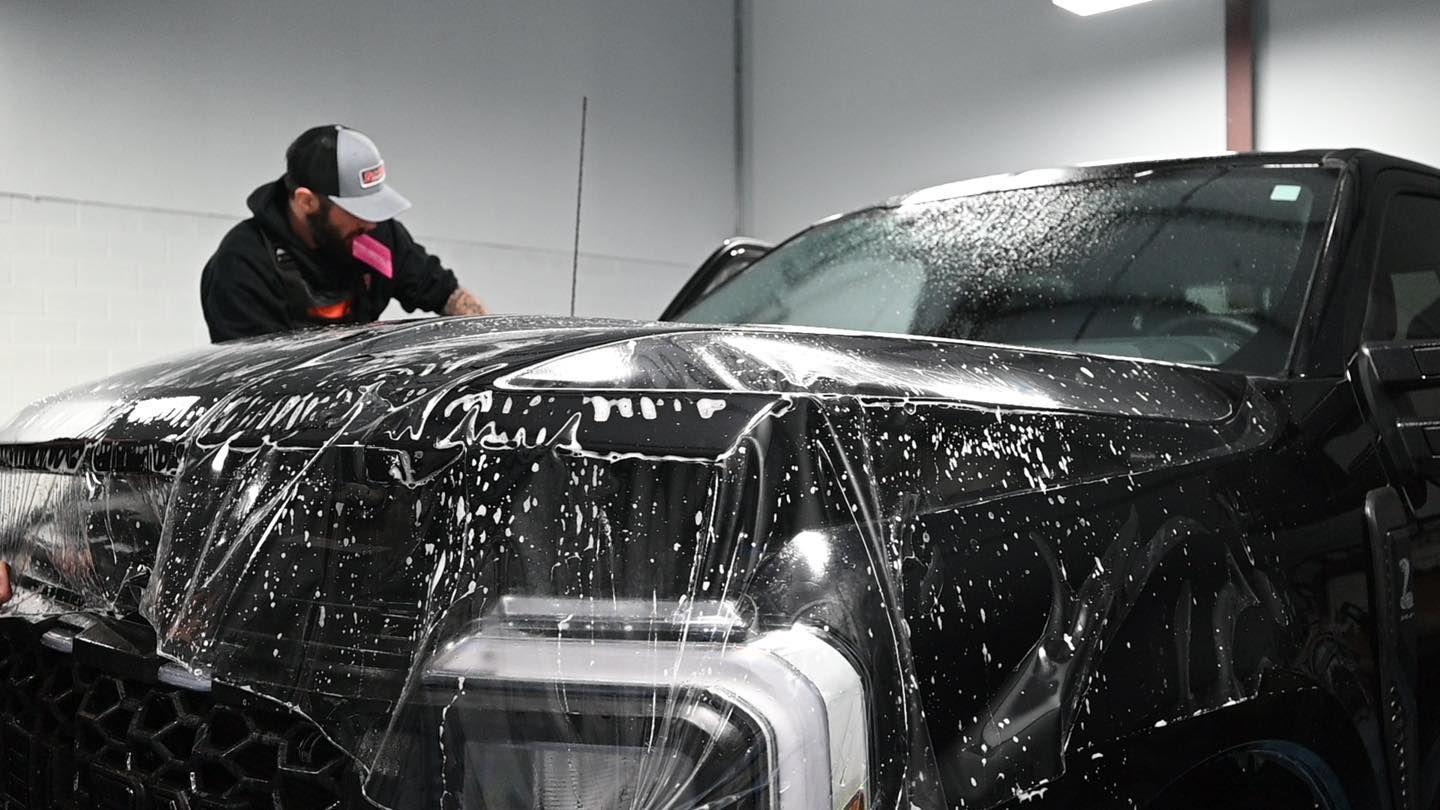
Maintenance Do’s and Don’ts for PPF Longevity
The Do’s
Do wash your vehicle regularly using gentle, film-safe products. Do remove contaminants like sap and bird droppings quickly. Do schedule annual inspections with your PPF installer to check for wear and tear.
The Don’ts
Don’t use harsh chemicals, abrasive tools, or untested detailing products. Don’t aim high-pressure washers directly at film edges. Don’t attempt DIY repairs without proper training and tools.
How Expert Techniques Preserve Your PPF
When you bring your car to Northern Lights Home & Auto Coatings, you’re getting more than just standard cleaning—we follow a proven maintenance system designed specifically for PPF. This includes:
- Hand washing with premium microfiber materials to avoid scratching.
- Applying PPF-compatible ceramic coatings for enhanced durability.
- Using precise edge sealing techniques to prevent peeling.
- Offering ongoing support and inspections to maintain peak performance.
These methods not only keep your film looking flawless but also ensure it continues to provide the maximum level of protection for years.
Final Thoughts on Avoiding PPF Maintenance Mistakes
Your Paint Protection Film is an investment in preserving your vehicle’s beauty and value. While it’s incredibly resilient, it’s not indestructible. By avoiding the most common PPF maintenance mistakes and following professional care recommendations, you can enjoy long-lasting results and a showroom-quality finish.
If you’re in Savannah, GA and want expert help keeping your PPF in top shape, the team at Northern Lights Home & Auto Coatings is here to assist. From installation to maintenance, we have the skills, products, and experience to protect your investment.
Protect Your Vehicle’s PPF Today
Don’t let small mistakes shorten the life of your paint protection film. Contact Northern Lights Home & Auto Coatings today to schedule professional maintenance or inspection. Book Your Appointment Here.
